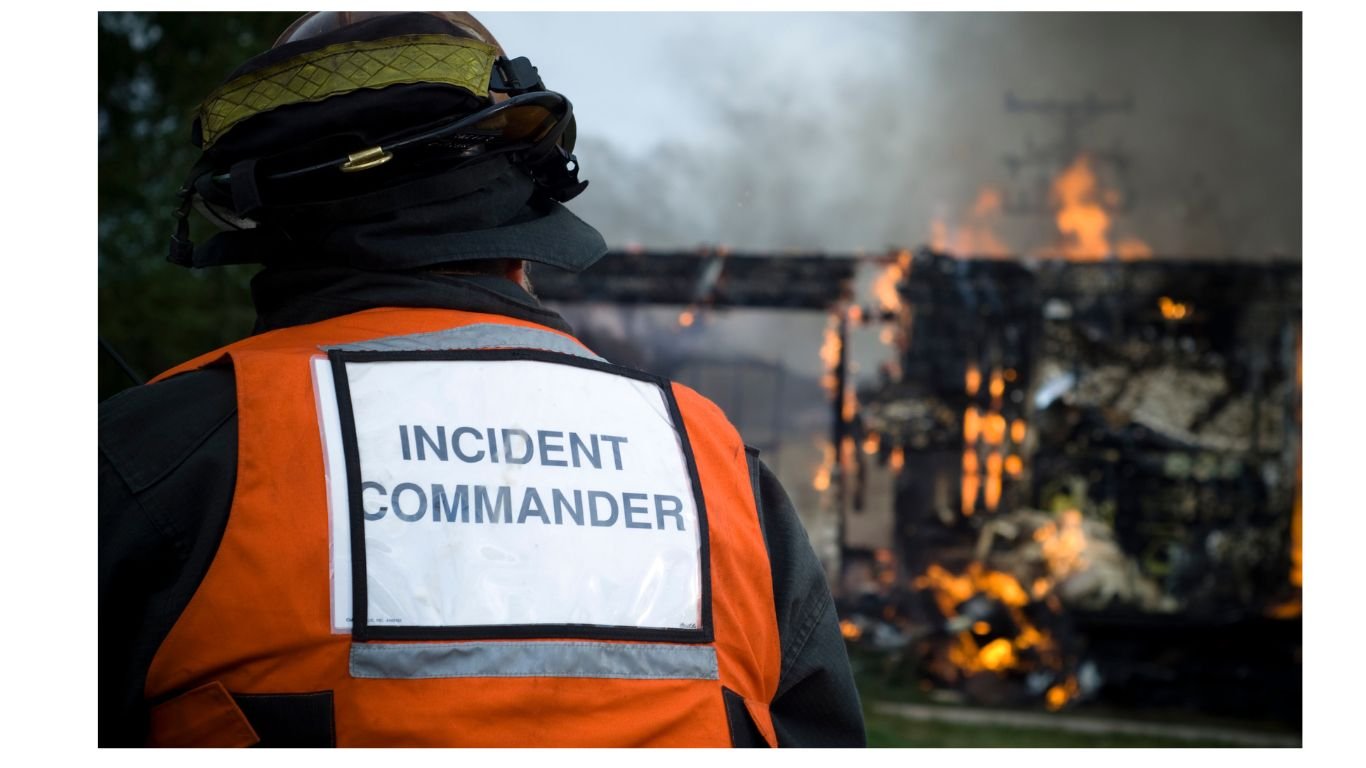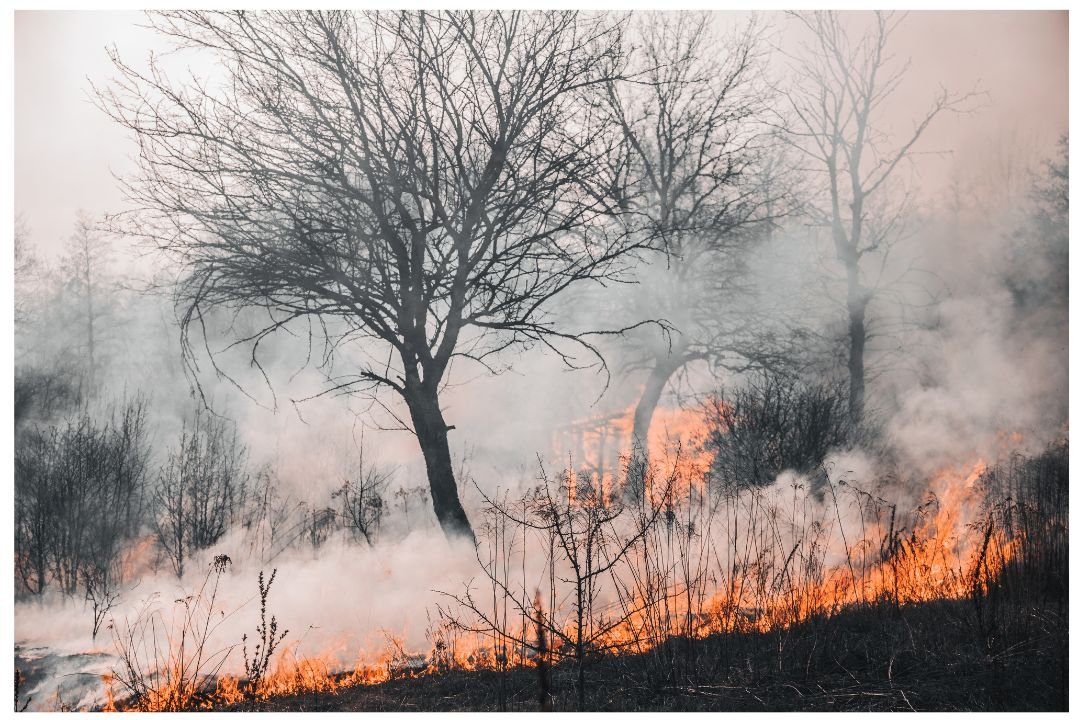This article provides full instructional information on Personal Protective Equipment (PPE). The content is compact, but informative and provides all the necessary information required to understand PPE. It is also will go over the different PPE (Personal Protective Equipment) items that are available to help prevent skin damage from prolonged exposure to fire and heat.
- What is PPE?
- The Purpose of Personal Protective Equipment.
- Types of PPE.
- When to Use PPE.
- What are the Key points to remember while using PPE?
What Is PPE(Personal Protective Equipment)?
PPE (personal protective equipment) is a protective garment or equipment that protects the body from injury or infection. It is important to understand what to wear or to protect yourself and your skin from fire and heat.
The hazards addressed by protective equipment include physical, electrical, heat, chemicals, biohazards, and airborne particulate matter. PPE might include items such as gloves, goggles, respirators, safety shoes, and head protection.
The Purpose of Personal Protective Equipment
PPE (Personal protective equipment) serves to lessen employee exposure to dangers when administrative and engineering controls are not practical or efficient in bringing these risks down to acceptable levels.
Types of PPE
There are two types of PPE, and the best type for you depends on your profession or activity:
- Basic PPE.
- Advanced PPE.
PPE classified into five categories which are:
1 . Respiratory protection (masks, respirators)
2. Hearing protection (earplugs, earmuffs)Eye and
3. Face protection (safety glasses, goggles, face shields)
4. Body protection (suits, jackets, aprons)
5. Hand protection (gloves)
Basic PPE for Firefighters
- Fire Turnout gear
- Fire Safety Helmet with Visor
- Fire Safety Gloves
- Flash Hood
- Fire Boots
- Ear Protection
Fire Turnout Gear
Fire turnout gear is the most important PPE for firefighters. It is a firefighter’s best friend. The Firefighters are knows about the performance of their gear and proper donning and doffing techniques.
Nowadays three-layer ensembles feature advanced protection using the most technically advanced materials fire gear used.
Minimum performance standards for personal protective equipment have been established by the NFPA 1971, Standard on Protective Ensembles for Structural Fire Fighting and Proximity Fire Fighting (PPE).
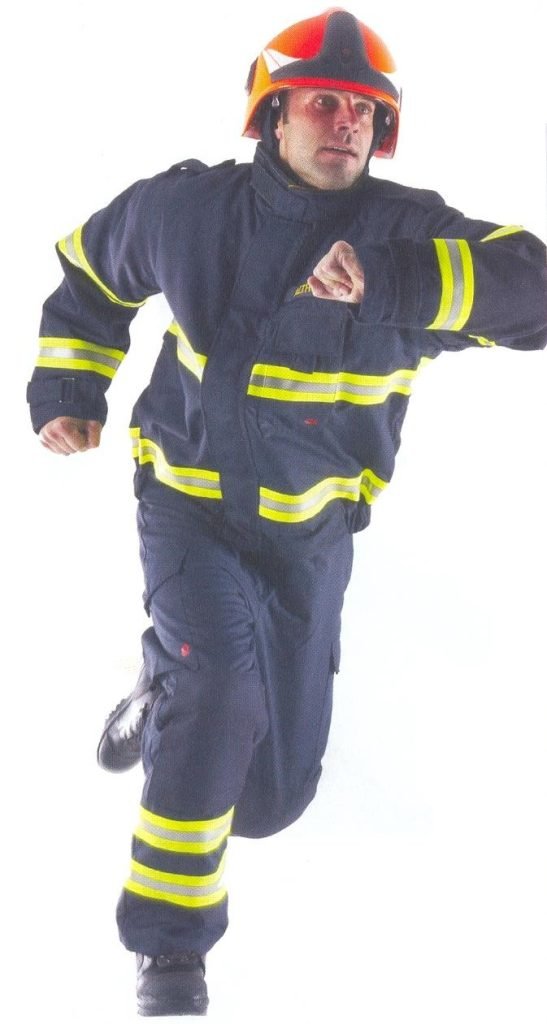
This standard defines structural fire fighting as the actions of rescue, fire suppression, and property conservation in buildings, enclosed structures, vehicles, marine vessels, or similar properties that are involved in a fire or emergency scenario.
Fire departments are required by NFPA 1851, Standard on Selection, Care, and Maintenance of Protective Ensembles for Structural Fire Fighting and Proximity Fire Fighting, to conduct a risk assessment in order to choose the right equipment for their unique firefighting tactics. They respond to a variety of activities and emergencies.
Fire Safety Gloves
Fire safety gloves protect your hands from dirt, chemicals, heat, flame, and other hazards. They are commonly used during firefighting tasks like handling rope, hose, ladder, and wielding axes. They come in many different materials, including latex, nitride, and leather. The gloves are used for fire safety.
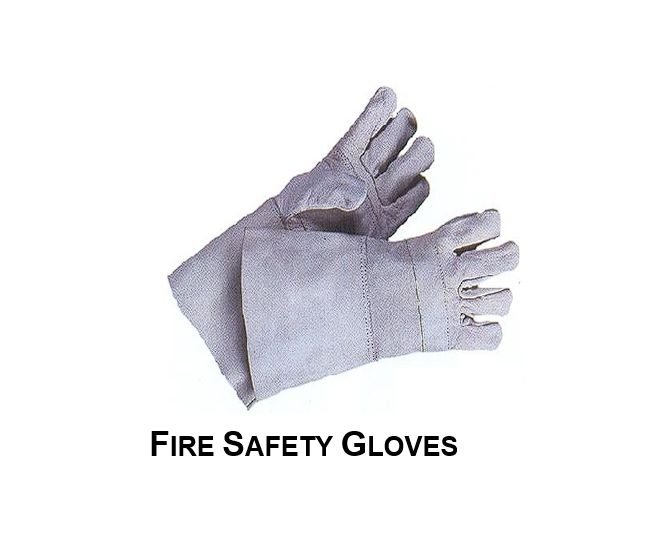
Fire Safety Helmet with Visor
A fire safety helmet is most important for all firefighters. Fire safety helmets protect firefighter heads from falling objects and other hazards. The visor in the front of the helmet makes sure that the heat and sparks of the fire cannot damage the firefighter’s eyes. It manufactures tough fiberglass or thermoplastic such as HDPE.
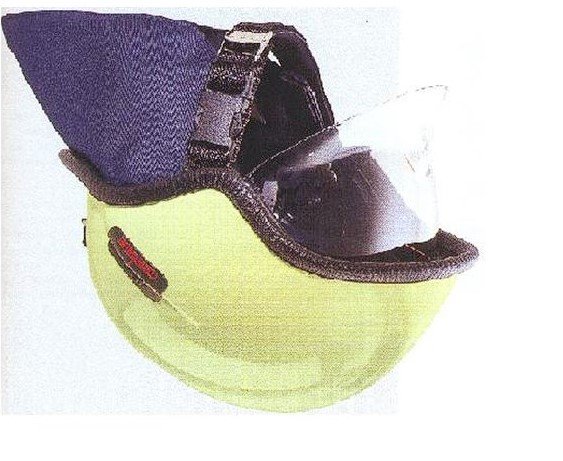
Flash Hood
Flash hoods protect the face and neck area during structural fire operation from heat and direct flame. it is made of Nomex Knitted fabric.
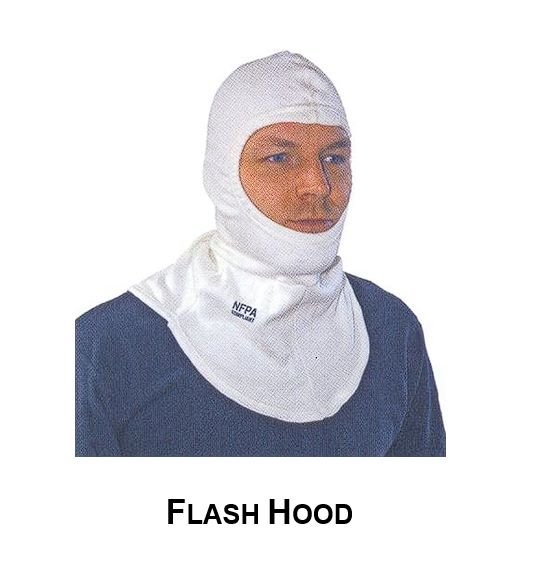
Fire Boots
A steel-toe boot is a durable boot or shoe that has a protective reinforcement in the toe which protects the toe from falling objects or compression, foot safety, and protection from puncture, cut, and burn.
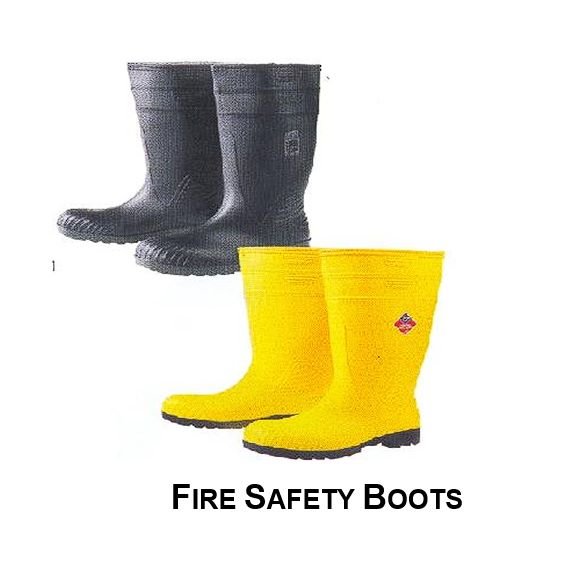
Ear Protection
Hearing defenders are required to prevent noise-induced hearing loss. Hearing protection devices reduce the noise energy reaching and causing damage to the inner ear. Ear muffs and earplugs are the most common types of PPE.

Advanced PPE For Firefighters
The advanced type of PPE (Personal Protective Equipment) is defined as ‘all advanced equipment which is intended to be worn or held by a person at work and which provides him protection including respiratory protection and protection against all types of fire hazards which a fire rescuer can come across.
Following are the advanced PPE for firefighters:
- Self Contained Breathing Apparatus
- Gas Mask
- Thermal Imaging Camera
- Personal Gas Detector
- Chemical Protection Suits (Levels A, B, C, D)
Self Contain Breathing Apparatus
A self contains breathing apparatus (SCBA) or compressed air breathing apparatus is a device that provides fresh air in an atmosphere that is immediately dangerous for life and health. They use in firefighting and industry.

An SCBA has two categories:
- Closed Circuit SCBA
- Open Circuit SCBA
Closed Circuit SCBA
Closed circuit SCBA is designed to recycle the user’s exhaled air. This system removes Co2 and generates fresh oxygen.
Open Circuit SCBA
Open circuit SCBA in which the exhaled air is released into the atmosphere and is not reused.
Gas Mask
A gas mask is connected to a chemical air filter and used to protect the face and lungs from toxic gases.

Thermal Imaging Camera
A thermal imaging camera is a type of thermograph camera that is used in firefighting. Such cameras allow firefighters to see areas of heat through smoke, darkness, or heat-permeable barriers. Thermal imaging cameras are typically handheld. They are constructed using heat- and water-resistant housings and ruggedized to withstand the hazards of fire ground operations.

Personal Gas Detector
A personal gas detector is a portable detector. Its uses are for toxic and combustible gas detection.
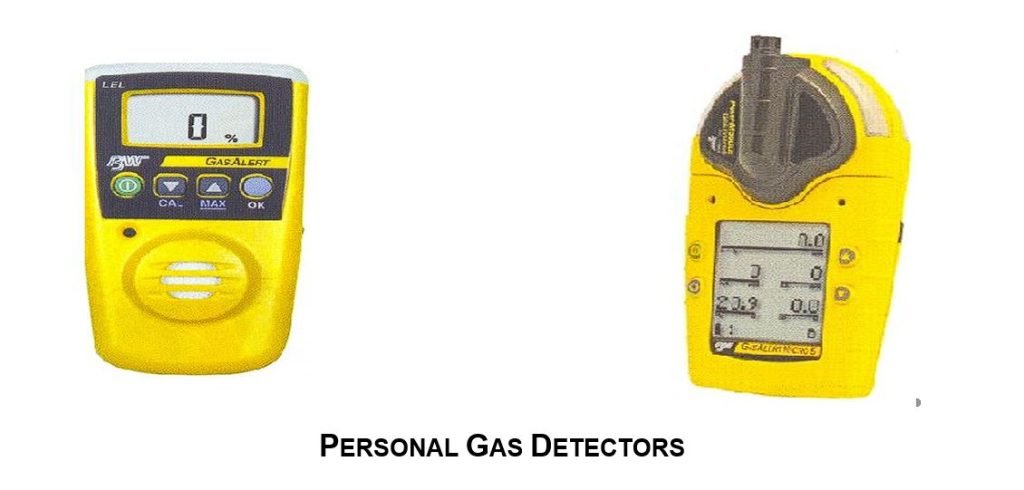
Chemical Protection Suits (A, B, C, D)
There are four levels of protective equipment designed by occupational health and safety (OSHA) for hazardous materials.
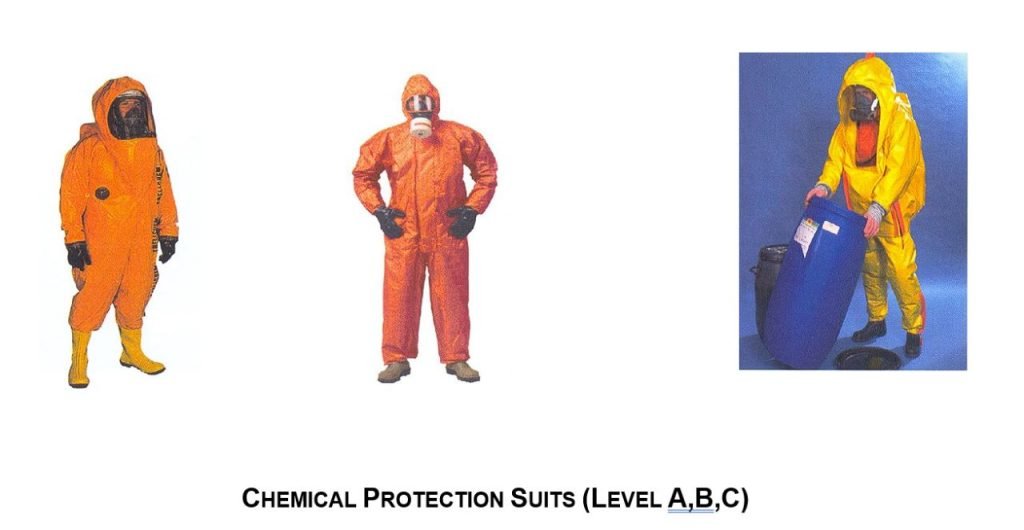
Levels A and B
C Level
Level D
When to Use PPE
When it comes to personal protective equipment, there are many different factors to consider in order to ensure that you are properly protected. The first step is to assess the hazard. What type of exposure are you facing? Is it a chemical, biological, or physical hazard? Once you have determined the hazard, you can select the appropriate PPE for the job.
What Are The Key Points To Remember While Using PPE?
- Safety is everyone’s responsibility
- PPE is properly assessed before use to ensure it is suitable
- PPE is maintained and stored properly
- PPE is provided with instructions on how to use it safely and PPE is used correctly by employees
Conclusion
Personal protective equipment is essential for keeping yourself safe in a variety of settings. If you’re working in a hospital, in any fire emergency, or even just at home, it’s important to know what PPE is and how to use it correctly. We hope that this article has given you a better understanding of PPE and its importance.


